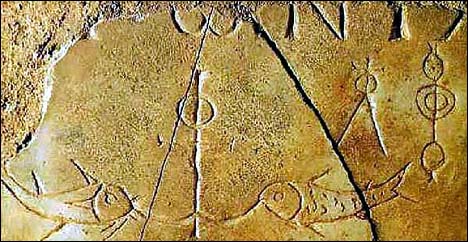Early Manuscripts of the Gospel of Thomas
by larryhurtado
In writing a commissioned essay on “Who Read Early Christian Apocrypha?” for a multi-author volume, I drew upon an earlier study I made a few years ago: “The Greek Fragments of the Gospel of Thomas as Artefacts: Papyrological Observations on Papyrus Oxyrhynchus 1, Papyrus Oxrhynchus 654 and Papyrus Oxrhynchus 655,” published in Das Thomasevangelium: Enstehung–Rezeption–Theologie, eds. Jorg Frey, edzard Popkes and Jens Schroeter (Berlin/New York: Walter de Gruyter, 2008), pp. 19-32. To my knowledge, this essay remains the most recent, and in some respects the most detailed, papyrological analysis of these fascinating items in print. I’ve now put a PDF of the pre-publication form of the essay under the “Selected Essays” tab of this blog-site.
But the volume also includes a wealth of other studies by a galaxy of scholars important for anyone seriously interested in scholarship on the Gospel of Thomas, some in English and some in German. Among them, I cite in particular Stephen Emmel, “The Coptic Gnostic Texs as Witnesses to the Production and Transmission of Gnotic (and Other) Traditions” (pp. 33-49); Stephen J. Patterson, “Jesus Meets Plato: The Theology of the Gospel of Thomas and Middle Platonism” (pp. 181-205); April D. DeConick, “Mysticism and the Gospel of Thomas,” (206-21); Jutta Leonhardt-Balzer, “On the Redactional and Theological Relationship between the Gospel of Thomas and the Apocryphon of John” (251-71);and Jens Schroeter, “Die Herausforderung einer theologischen Interpretation des Thomasevangeliums” (435-59).
As to who read early Christian apocrypha, my main contention is that there was a diversity of readers of the very diverse body of texts grouped under this category. One of the bodies of data that I discuss, and that hasn’t been noted as much as it could have been in prior studies, concerns the physical/visual features of the earliest manuscripts of these texts. In keeping with some others of my recent publications, I urge that these early manuscripts are direct artefacts of the reading and readers of these particular texts. Working with manuscripts of some apocryphal texts as illustrative (Gospel of Thomas, Gospel of Mary, and apocryphal Acts of the Apostles), I conclude that these items reflect the use of these texts for personal reading and study, with no indication of discrete circles of Christians particularly identifiable with reference to these texts.













